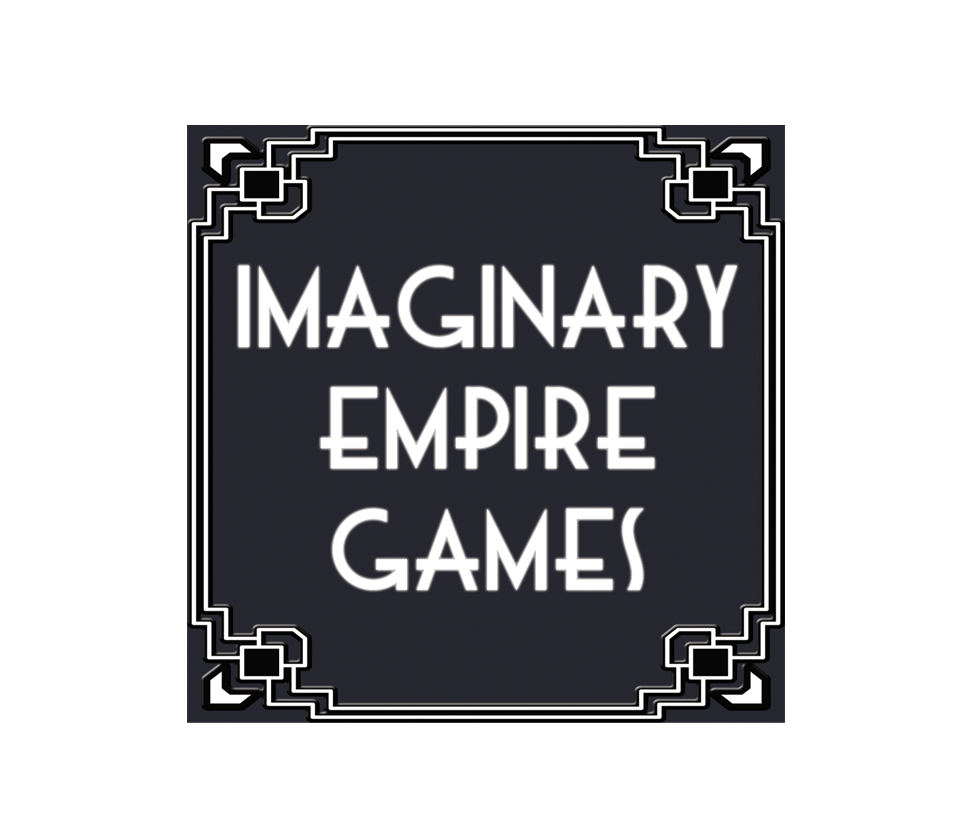The pitch is an important part of attracting players who want to play in a game that you facilitate. Often we think about the pitch as essential for a convention game, where you are literally spruiking your game to strangers in the hopes that something about your description will appeal sufficiently for them to give you several hours of their time, and choose your offering over others.
 However, even when you are proposing a new game for your regular gaming group, a short, succinct and strong pitch will help focus attention on what you’re offering, and encourage the players to engage with that material.
However, even when you are proposing a new game for your regular gaming group, a short, succinct and strong pitch will help focus attention on what you’re offering, and encourage the players to engage with that material.
In 2010 I wrote a post about The Art of the Pitch where I suggested that characteristics of a strong pitch are; a short and compelling piece of setting or fiction to pique the readers interest, and a description of what experience I might expect, as a player. Both these pieces of information help potential players understand what is being offered, and ensure their expectations are closely aligned with those of the GM offering the game.
Bad Players or Bad Games?
Sometimes games fall flat, and the reasons for this are not obvious. When this happens in a convention setting I’ve often heard the GM or facilitator complain about the players. It’s a common response. A GM has often spent hours carefully crafting a scenario, anticipating possible actions, and detailing characters – playtesting and preparing and so when the session falls flat, the variable over which the GM has had the least influence is the players, ergo, this must be the cause of the problem.
In EPOCH I argue there are no ‘bad’ players. Only players that are not ‘activated’ and that it is possible for a GM to activate almost every player using a variety of techniques. However, by far the most important technique is to ensure the players of the game are aligned with the style, an objective of the game that the GM wishes to run.
The most likely criteria for a such mismatch (in my experience) include:
- a game which features a strong investigative component
- a game which features a highly complex setting, characters or NPCs
- a game which relies on players absorbing significant amounts of detail, either character or system related to drive the action
- a game which requires the players to share narrative duties
- a game which has a strong combat focus.
This is not an exhaustive list by any stretch, but games which feature any of these elements strongly, and fail to communicate this to the players in advance, are more likely to fall at the first hurdle of player activation and result in a mismatch between GM and player expectations.
Pimping your game
So how to do it right? Probably the most important tip for any game facilitator is to be honest about what the core activity of the scenario is. What are you expecting of the players, and what is expected of their characters? If you spell this out in advance, through the blurb or description of your game, then I think you are much more likely to find an audience that wants to play the same kind of scenario as you.
In my game, EPOCH, I provide 3 simple sentences for each scenario, after the blurb which provides the setting to help fulfil this criteria:
"EPOCH is a game of character-driven survival horror. The goal is to deliver a tense and scary experience in a single game session. EPOCH players are active participants in the creation of the game atmosphere and have complete control over the creation and ultimate fate of their characters."
However I was also very impressed with the description provided by venerable GM Marcus D. Bone for his Kapcon games here and here, which exemplify the kind of clear communication I'm proposing.
On the subject of good game blurbs, I'd also like to highlight the creative efforts of the grandexperiment who has adopted alternative media in lieu of text to create an arguably stronger initial impression with his potential audience.







No comments:
Post a Comment